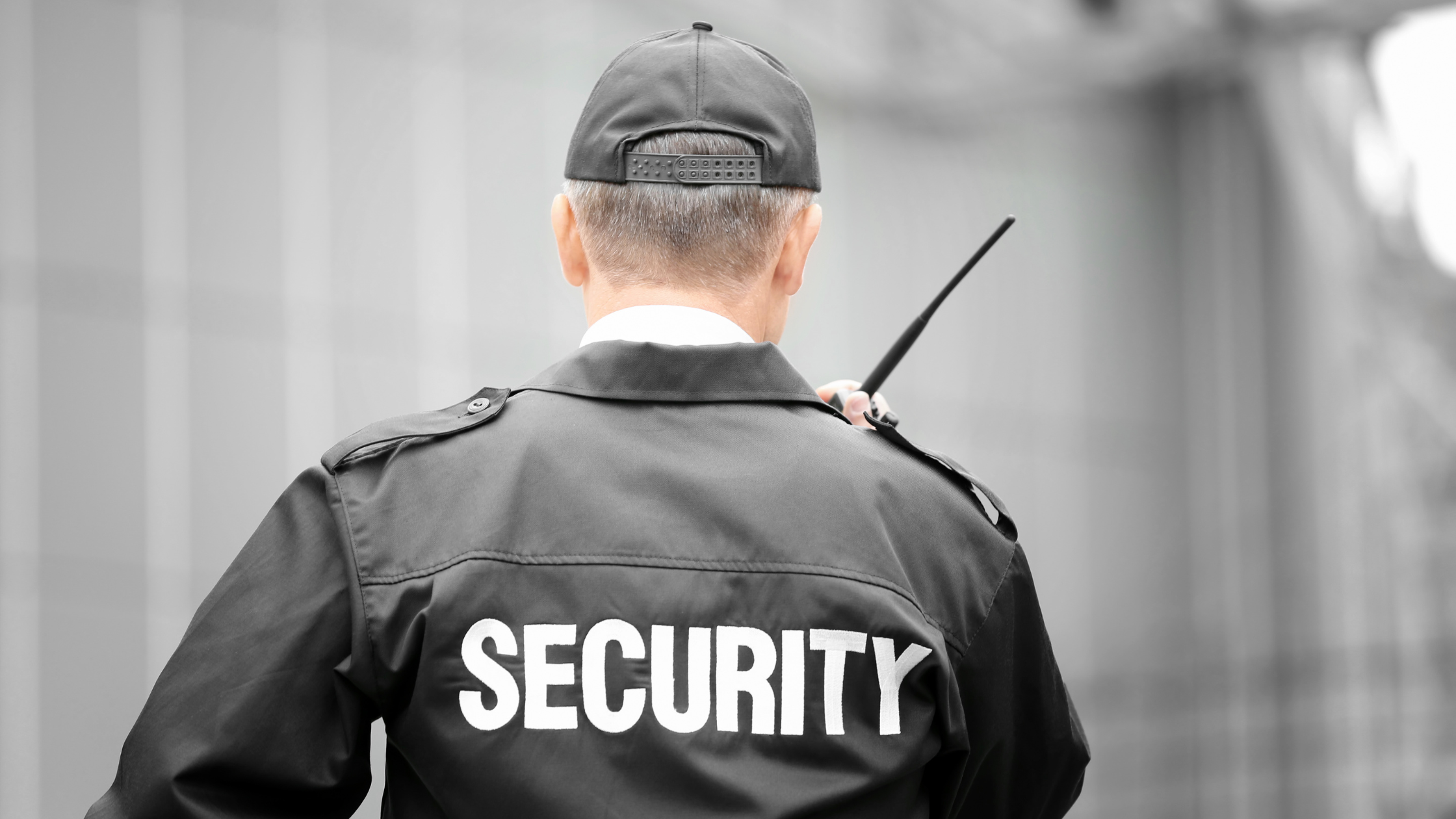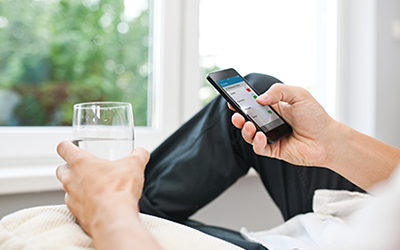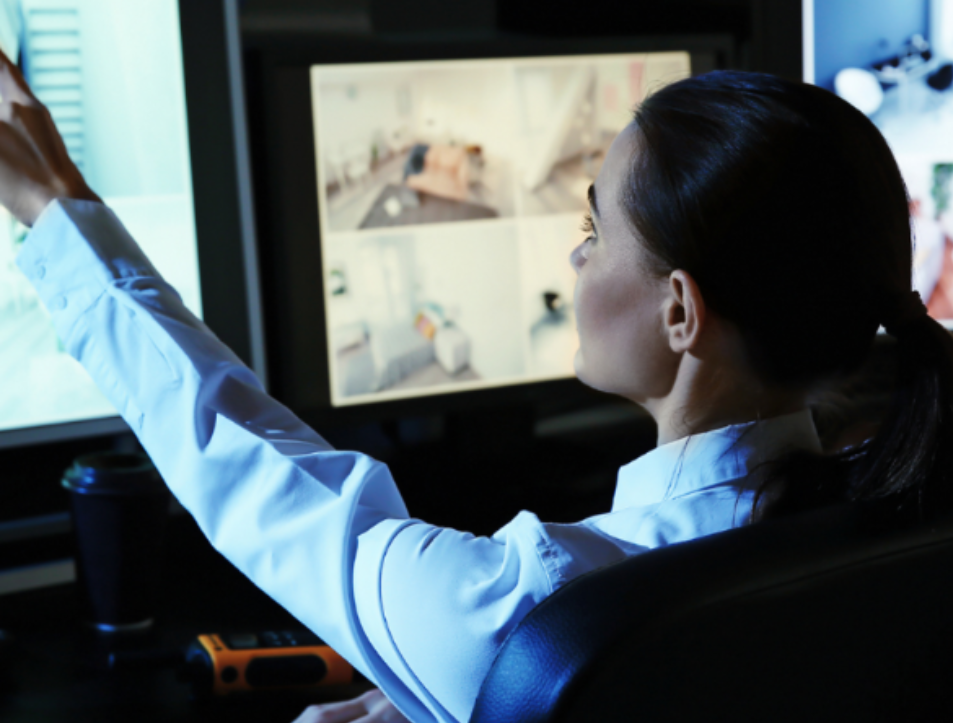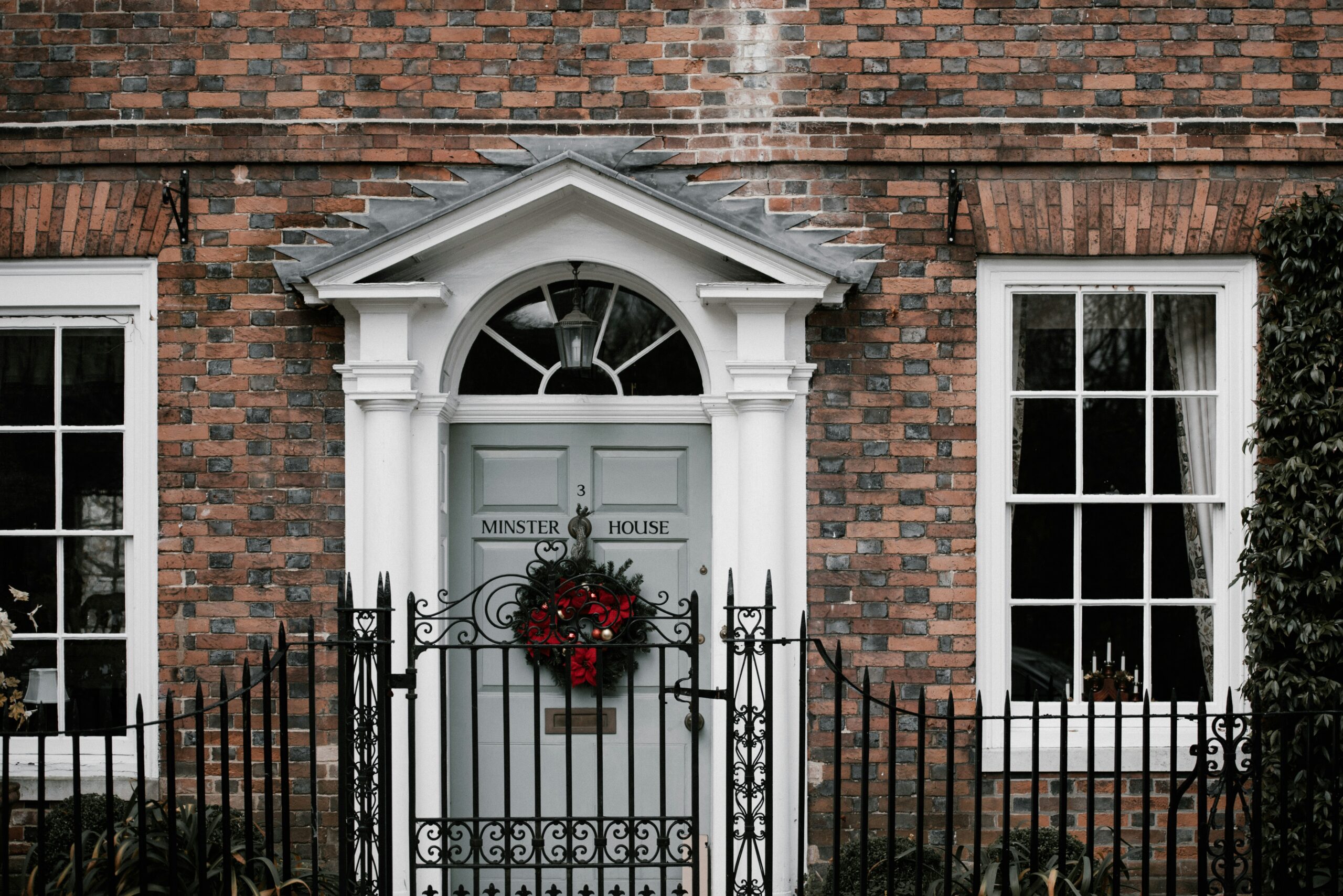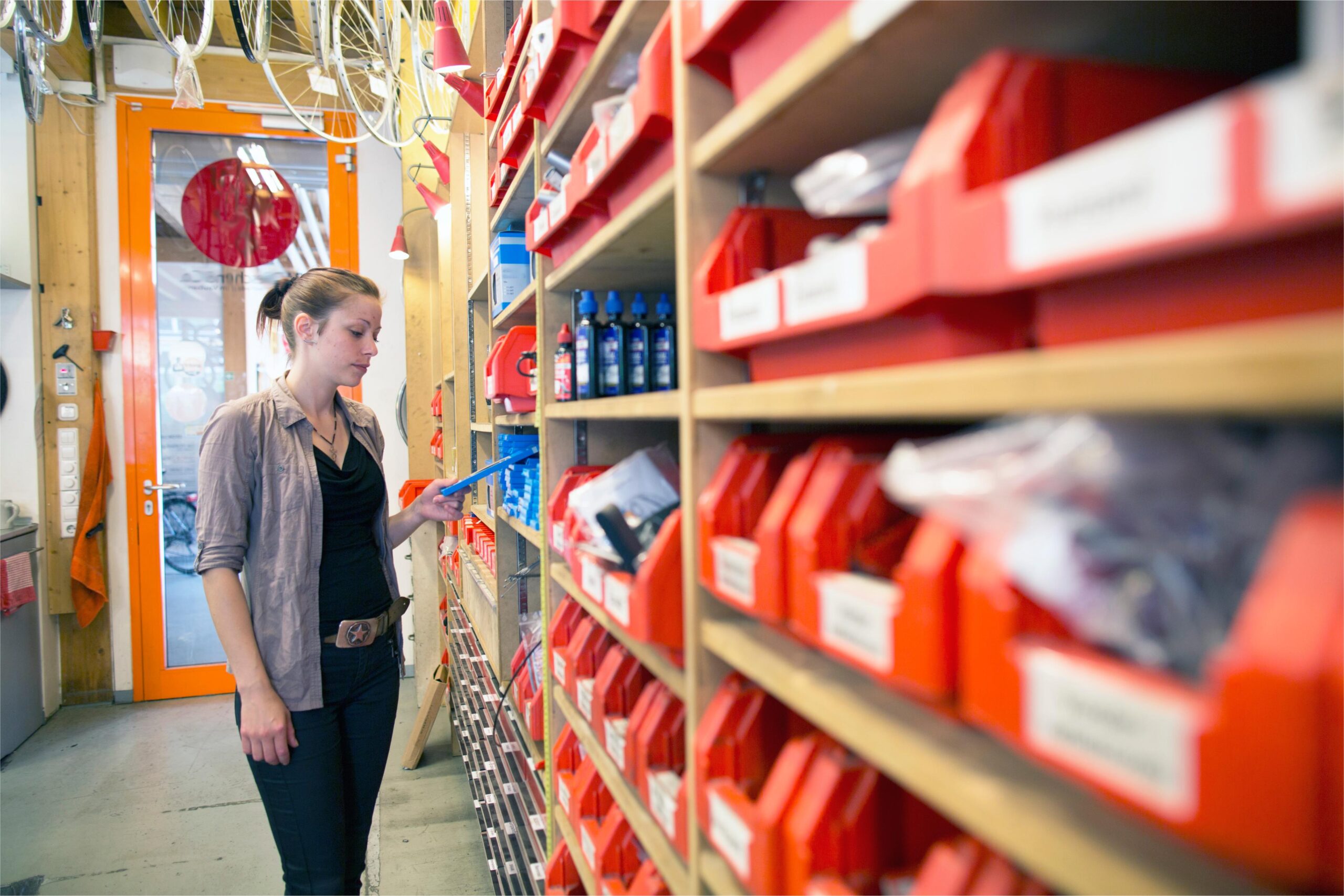When it comes to protecting your home or business, an alarm system is one of the most effective security measures you can invest in. However, choosing between a wired and a wireless system can be challenging. Each option has its own benefits and potential drawbacks, depending on your property, budget, and security needs.
In this blog, we’ll break down the differences between wired and wireless alarm systems to help you decide which one is the best fit for you.
What is a wired alarm system?
A wired alarm system relies on physical cables to connect the control panel, sensors, and alarm devices. These systems are typically installed by professionals and are often integrated into the building’s electrical infrastructure.
Pros of a wired alarm system:
- Reliable connection: because they don’t rely on Wi-Fi or radio signals, wired alarms are less susceptible to interference.
- Minimal maintenance: once installed, wired systems require little upkeep beyond occasional servicing.
- Ideal for large properties: if you have a large home or business, a wired system ensures stable connections across multiple rooms and levels.
- No battery concerns: unlike wireless systems, you don’t need to worry about changing batteries in sensors and devices.
Cons of wired alarm systems:
- Complex installation: running cables through walls and floors requires time and professional installation, which can be disruptive and costly.
- Less flexibility: once installed, making changes or expanding the system can be difficult and may require additional wiring work.
- Power dependency: wired systems rely on mains electricity, so they need a backup power source in case of outages.
What is a wireless alarm system?
A wireless alarm system uses radio signals to communicate between the control panel and security devices, such as motion sensors and door contacts. These systems are typically battery-powered and connect via Wi-Fi or other wireless protocols.
Pros of wireless alarm systems:
- Easy installation: wireless systems are much easier to install since they don’t require drilling or running cables through walls.
- Flexible and scalable: you can easily add more sensors, cameras, or other security devices without major modifications.
- Remote access: many wireless alarms integrate with smart home technology, allowing you to monitor and control your system remotely via a smartphone app.
- Less disruption: because there’s no need for extensive wiring, wireless alarms are ideal for rental properties or homes where major alterations aren’t possible.
Cons of wireless alarm systems:
- Battery maintenance: sensors and devices require batteries, which need to be checked and replaced periodically.
- Signal interference: wireless systems can sometimes be affected by physical obstructions, other electronic devices, and a lack of strong 4G/5G, which is prevalent in rural areas.
- Potential hacking risks: as with any internet-connected device, wireless alarms may be vulnerable to cyber threats, though modern encryption and security measures help mitigate this risk.
Which one is right for you?
Choosing between a wired and wireless alarm system depends on your specific needs and circumstances. Here are a few factors to consider:
- Property type: if you own a large home or business premises, a wired system may offer more reliability. If you rent or plan to move, a wireless system provides greater flexibility.
- Installation preferences: if you want a quick and hassle-free setup, wireless is the way to go. If you’re planning a long-term security solution and don’t mind professional installation, a wired system might be a better choice.
- Budget: while wired systems typically have higher upfront installation costs, they require less maintenance. Wireless systems may have lower initial costs but could need more upkeep over time.
- Smart home integration: if you want a system that integrates with smart home devices and allows remote control, wireless alarms often provide better connectivity options.
Weighing up your needs with the right solution
Both wired and wireless alarm systems have their advantages, and the right choice depends on your security needs, property layout, and lifestyle. If you prioritise reliability and long-term security, a wired system might be the best fit. If flexibility, easy installation, and remote access are more important, a wireless system could be the ideal solution.
Whichever option you choose, having a professionally installed and well-maintained alarm system is key to keeping your home or business secure. If you want more expert advice on protecting your home, business or loved ones, check out our blog section.

